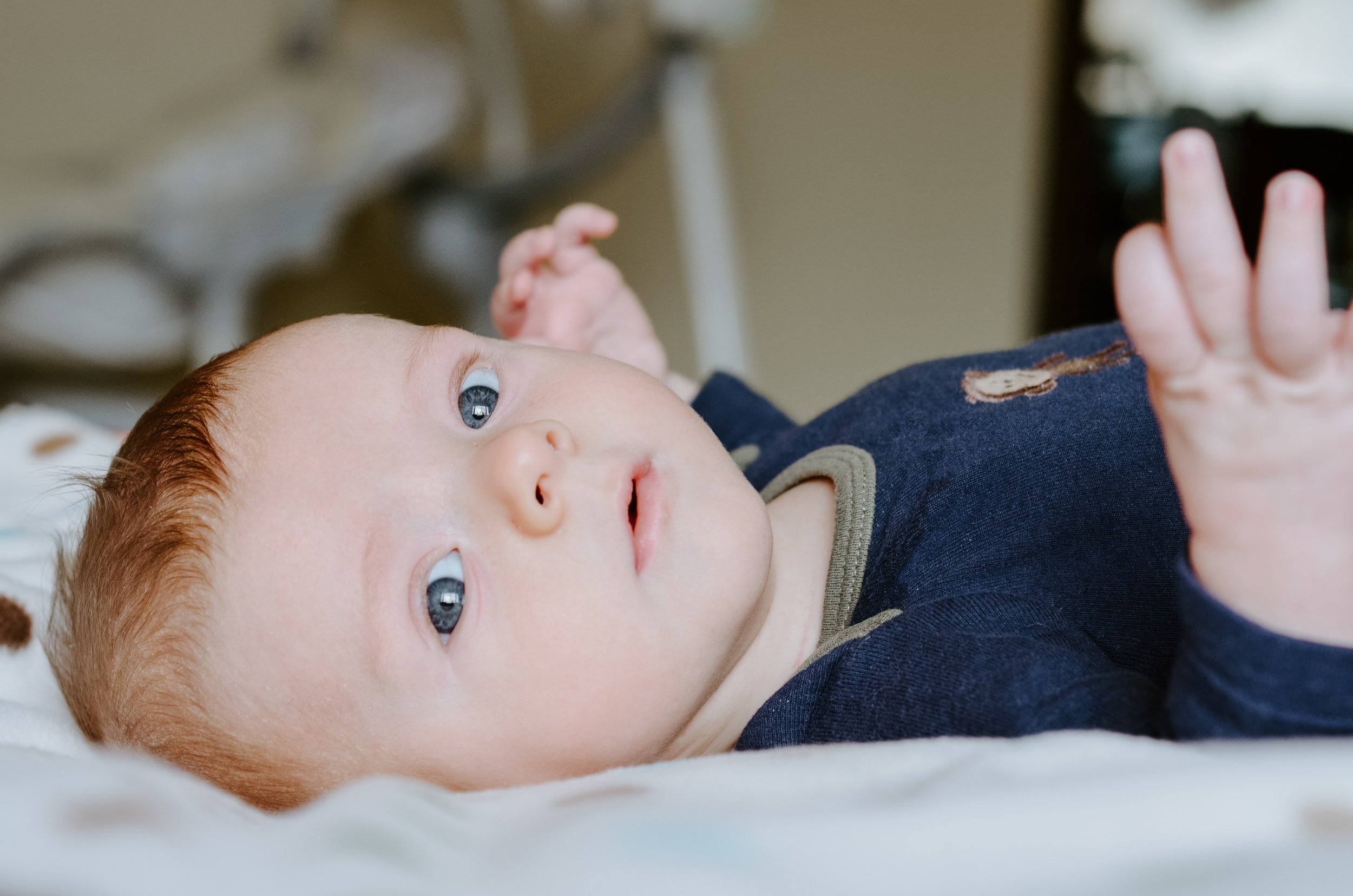Firstly, it is helpful to understand that it is common for small children to not always ‘listen’ to you. At times you might question 'does she really does hear me?' Small children soon learn to ignore mum and dad - as a toddler that is their job. However, perhaps she is actually having trouble hearing you.
If you are concerned your child is not hearing you, try introducing some unfamiliar sounds to see if she reacts. Make sure your child can not see you while you make loud noises such as banging some pots, or shaking some dry macaroni in a plastic bottle, and see if your child reacts. You can also call her name when she can't see you. It can help to have something to show her such as a toy so that if she does turn to you there is a reward for her to respond to her name.
Normal hearing and development of speech
By the age of 12 months your child should:
Start to recognise their name.
Starts to associate meaning to some words: eg ‘meow’ is the cat.
Look at the face of their parents as they talk (when the child is close by).
Start to react to music and singing – ie show enjoyment on her face.
Babble frequently with recognisable vowels (ar, oo, ee) and some early consonants (m, b, d).
By the age of 2 years your child should:
Start to identify and associate mores words related to objects that are important in her world, such as toys, clothes or body parts, so that when you say ‘let’s find your shoes’ she is able to find her shoes.
Recognise new words daily.
Have some recognisable words (they do not have to be perfect) within babble.
Conductive Hearing Loss
Ear infections and glue ear
It is quite common for children under 3 to periodically experience a temporary hearing loss due to a cold, ear infection, or ‘glue ear’ (a build-up of fluid behind the ear drum). Typically, your child will regain normal hearing reasonably quickly. However, if you feel your child is having trouble hearing for other reasons, you should see your healthcare provider.
A conductive hearing impairment is when sound is not reaching the inner ear, usually because of an obstruction or damage. It can result in a significant hearing loss that might impact your child’s ability to hear a lot of what is said. She might not be able to follow instructions, hear all the sounds in words, or understand stories shared during book sharing. Signs of hearing loss include:
She might pull at or scratch the ear and it might become quite red.
She does not respond when you ask her to do something that she previously understood. She might ask ‘what?' frequently and responds only when she can see your face.
She doesn't react when you whisper to her. The soft sound just doesn't register.
She is searching for where the sound is coming from however is not able to locate the source of the sound.
She is more likely to respond when you speak while looking right at her and less likely if you are speaking to her from the side or from behind.
She rarely sings or dances along to music.
She says fewer words than other kids her age.
She is difficult to understand (toddlers are often hard to understand, but one with hearing loss might be especially difficult to understand.)
If only one ear is affected by hearing loss, she might turn her "good" ear toward you when you are talking.
Single Sided Deafness (SSD) also referred to as Unilateral Hearing Loss:
There are some conditions that result in a conductive hearing loss in one ear only.
Aural atresia refers to the absence of an external ear canal. This always results in hearing loss. There may be a malformation of the external ear and middle ear, but the inner ear and auditory nerve are frequently typically developed.
Microtia refers to the partial development or absence of the actual ear where typically one ear has not developed, and the other ear might be typically developed. Bilateral Microtia (two ears) is less common that single-sided Microtia.
Children with Microtia will often benefit from a bone conduction implants, also known as Bone Anchored Hearing Aid (BAHA). Young children are fitted with a BAHA on a ‘soft band’ that resembles a cloth head band with a pocket for the BAHA to sit inside. A BAHA allows children with single-sided hearing loss to hear as the sound bypasses the middle ear and travels straight into the inner ear. Your hearing specialist will give be able to determine if a BAHA is the best solution for your child’s hearing loss.
There is evidence that single-sided deafness negatively impacts on the development of children, not only presenting difficulties in locating direction of sounds and understanding speech in background noise but also having difficulty in mastering complex skills for spoken language development. This can lead to difficulties in learning in the classroom for a school-age child.
Permanent hearing loss:
A permanent hearing loss will be diagnosed by a hearing specialist, such as an audiologist. A pediatric audiologist will specialise in working with young children. The audiologist will do a series of hearing tests to determine the level of hearing loss. The audiologist will probably recommend your child be fitted with amplification options such as hearing aids. If hearing aids do not provide the sufficient ‘gain’ for your child to access all the speech sounds that are important in developing spoken language skills, your child might be referred for an assessment for a cochlear implant. Your child may also be recommended speech therapy and other intervention services.
Hearing loss in children comes as a shock for many families, however, as discussed here there are options available to support most types of hearing loss. If you are concerned about your child’s hearing discuss this with your family doctor or health care professional so that you can ensure your child is set up to reach their spoken language milestones.





